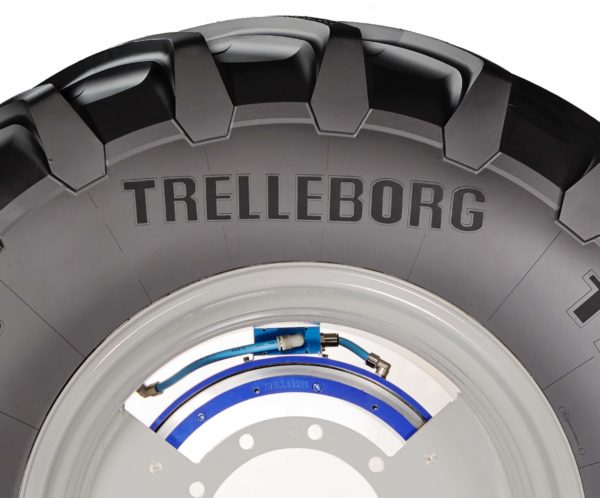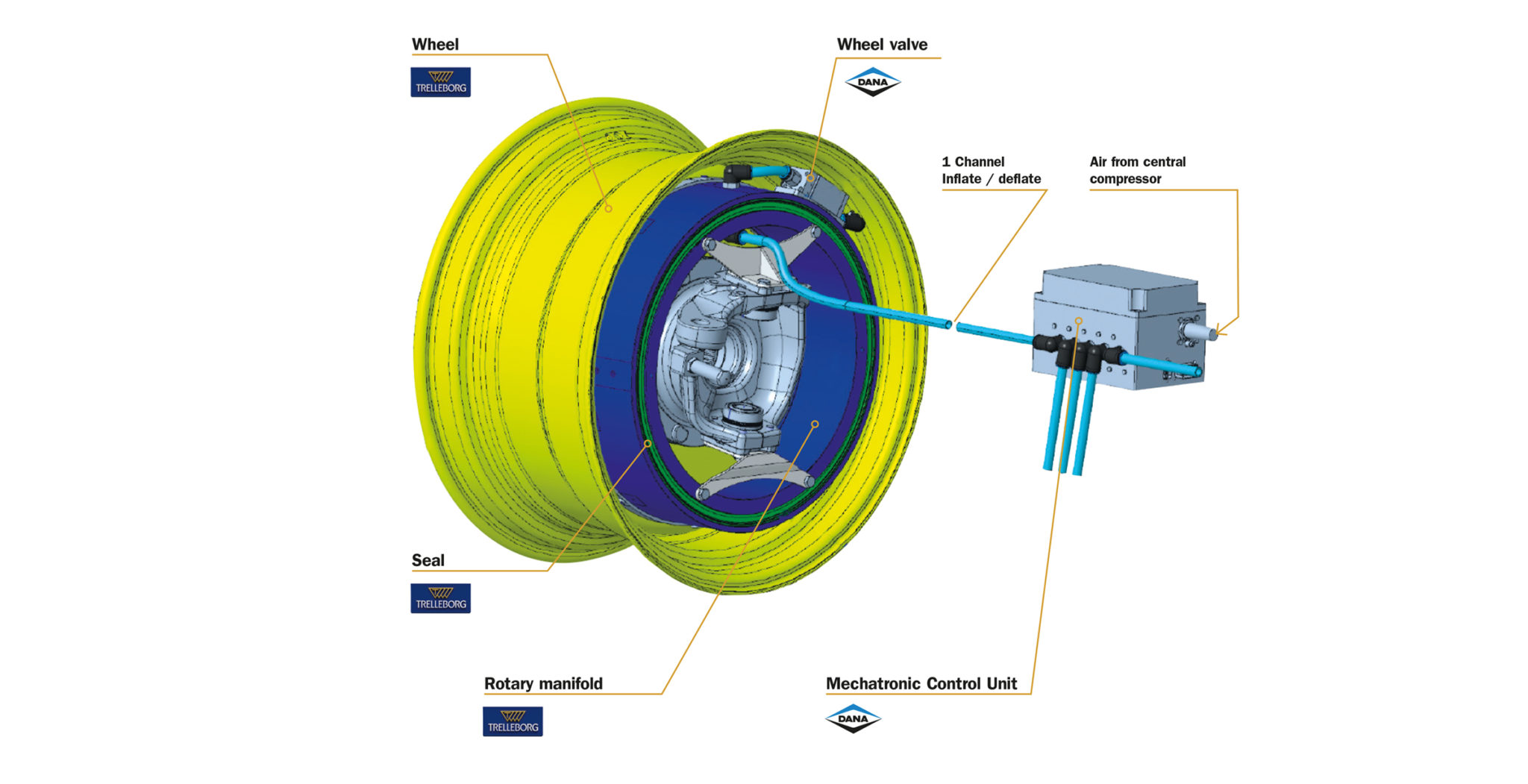Drivers Ctis
California Traffic Safety Institute (CTSI) is a non-profit company, which has been providing staffing and other services to the California Superior Courts in the administration of the traffic violation school programs since June 27, 1985. The idea behind the CTIS is to provide control over the air pressure in each tire as a way to improve performance on different surfaces. For example, lowering the air pressure in a tire creates a larger area of contact between the tire and the ground and makes driving on softer ground much easier. It also does less damage to the surface.

A central tire inflation system (CTIS) is a system to provide control over the air pressure in each of a vehicle's tires as a way to improve performance on different surfaces.


Parker Hannifin has developed a Central Tire Inflation System (CTIS) that is said to improve mobility when operating vehicles in severe off-road or soft-soil conditions. Suited for the agriculture, construction and military markets, this automatic tire pressure adjustment system lets the driver optimize tire inflation pressure from the cab while operating on varying terrains with the simple push of a button. Reducing tire pressure results in a bigger tire footprint, providing increased flotation and traction when operating on soft terrain. Although often used in conjunction with all-wheel drive, non-all-wheel drive vehicles with CTIS can actually outperform all-wheel drive in many soft-soil conditions.
Operating vehicles with reduced tire inflation pressure is approved by tire manufacturers when running at lower vehicle speeds. Contrary to common perception, operating at reduced tire inflation pressure can extend tire life by lessening susceptibility to tire punctures and tread chunking. CTIS also improves fuel economy due to lower rolling resistance as the tire floats on the surface rather than creating ruts in soft soil or sand.
Each wheel end is equipped with a CTIS wheel valve. The wheel valve connects to the CTIS control system whenever it is actively measuring or changing tire pressure. Otherwise, the wheel valve is closed, isolating the tire from the system and ensuring there are no leaks. This eliminates the need for manually operated shut-off valves when a vehicle sits idle for extended periods of time. This feature also helps extend air seal life when the vehicle is in motion and tire pressure adjustment is not needed. Parker offers wheel valves in a variety of sizes and configurations, including valves with hose connections as well as flush-mount hose-less versions for use with wheels that have integral air passages.
The CTIS pneumatic control unit consists of electropneumatic valves and pressure sensors required to monitor and control the compressed-air system. It mounts on the vehicle chassis or undercarriage. CTIS provides independent wheel-end control ensuring fail-safe operation in the event of damage to the vehicle or wheel end. The CTIS wheel valve is completely sealed to the atmosphere at the wheel end ensuring reliable deepwater forwarding capability. Tire venting while deflating is routed back through the pneumatic control unit rather than at the wheel end. The CTIS electronic control unit provides decision making and logic execution. Electronic circuitry is completely sealed in an aluminum enclosure resulting in a rugged, environmentally robust package.
CTIS improves vehicle mobility when reducing tire inflation pressure. A bigger footprint improves traction, reduces wheel slip and allows the vehicle to float across soft terrain instead of compacting the soil and causing rutting. When terrain conditions improve, a simple push of a button on the driver interface automatically inflates tires to the appropriate pressure using the onboard air compressor.
Its unique wheel valve design reportedly provides best-in-class deflate performance while incorporating a non-piloted remote venting control strategy preferred by most vehicle manufacturers. CTIS can deflate tire pressures significantly lower than that of competing systems while operating reliably over a wide range of temperatures and altitudes. The CTIS is insensitive to vehicle installation variables such as the wheel-end and backpressure. This results in enhanced fault tolerance as valve shutoff is assured even with kinked, contaminated or restricted airlines.
The operator interface provides the ability to select four terrain modes: highway; cross country; mud, sand, and snow; and emergency mode. Pressing any of the terrain buttons results in the system checking all tire pressures and then automatically adjusting them to pressure targets. A green light on the driver interface will flash while pressure changes are being made and then turn solid indicating that target tire pressures have been reached. The operator can also select from three load levels: no-load, partial load and full load. Optimizing tire pressure for load improves fuel economy, vehicle stability and ride comfort.
Drivers Ctis Mobile
CTIS monitors tire pressure at regular intervals and offers a run-flat mode which reduces this interval to almost continuously monitor pressure. This is useful when there is an increased threat for puncture. CTIS returns to normal pressure-check intervals after a preset time.
The system also monitors vehicle speed and provides both an over-speed warning and an automatic terrain mode bumper to ensure safe operation. Operators can run in an over-speed condition for short periods of time, for example, to preselect for an impending terrain change. Continuing at over-speed will result in a flashing amber warning LED on the selected terrain button. If vehicle speed is not reduced within an additional time, CTIS will automatically bump up the terrain mode to a more appropriate setting and inflate the tires to the new target pressure. This staged approach allows the operator to pre-select terrains as needed while protecting tires from damage.
Drivers Ctis Services
Parker Hannifin
www.parker.com